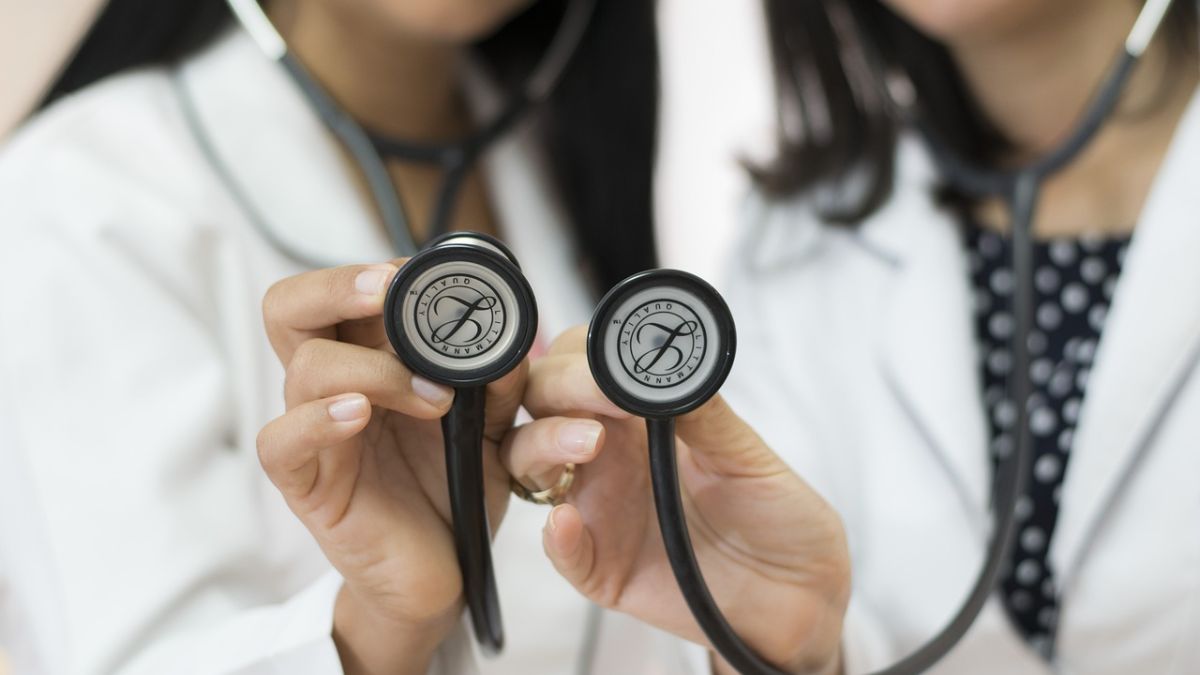The number of aspiring MBBS candidates has surged from 1.6 million in 2019 to approximately 2.4 million in 2024, driven by the National Eligibility cum Entrance Test – Under Graduate (NEET-UG), the sole entry pathway for medical courses, according to the Economic Survey 2024-25.
Over the past decade, the number of medical colleges has increased from 499 in FY19 to 780 in FY25, with MBBS seats rising from 70,012 to 118,137 and postgraduate seats expanding from 39,583 to 73,157 during the same period, the survey added.
According to the survey, as of July 2024, there are 1.386 million registered practitioners of modern medicine, translating to a doctor-to-population ratio of 1:1,263. The World Health Organization’s standard of 1:1,000 appears attainable by 2030, assuming an annual licensing of 50,000 new doctors.
While the numerical shortage of physicians is becoming less of a concern, the medical education system still faces challenges.
Fees: Unlike other professional streams, medical education fees are highly regulated in India. Despite this, fees in the private sector remain high, ranging from Rs 60 lakh to over Rs 1 crore, which accounts for 48% of MBBS seats. This situation underscores the need to make medical education more accessible and affordable, particularly for underprivileged students. By reducing the cost of medical education, the government can contribute to lowering healthcare service costs. If universal coverage is the goal, prioritising cost and equity in medical education will be key to achieving it. The consequence is that every year thousands of students opt to study abroad in countries with lower fees, such as China, Russia, and the Philippines. This path often involves significant challenges, including the NEET-UG exam for admission and the Foreign Medical Graduates (FMG) Exam upon course completion, along with a 12-month compulsory internship in India.
Geographical skew: Medical education opportunities in India are unevenly distributed, with 51% of undergraduate and 49% of postgraduate seats concentrated in southern states. Urban areas dominate, featuring a doctor-to-population ratio of 3.8:1, and holding 75% of dispensaries and 60% of hospitals. This imbalance stems from varying economic development and rising demand for healthcare services. However, the growing number of medical practitioners offers a chance to improve healthcare access in rural areas. By providing incentives and enhancing infrastructure, the government can attract healthcare professionals to underserved regions, fostering a more equitable distribution of doctors and strengthening public healthcare nationwide.
Impact Shorts
More ShortsDistribution of seats: There is also a skewed distribution of seats in favour of specialisations like radiology, dermatology, gynaecology, cardiology while specialities like psychiatry, geriatrics etc., are neglected. The current shortage of specialists across specialties will further aggravate in streams that are currently not preferred but will be required in the future. Demand for post graduate education is not restricted by the need for clinical practitioners, these doctors form the resource pool for research and development in advanced fields of medicine, pharmaceuticals, biotechnology etc. They are also crucial as faculty and trainers of the next generation. While the focus is on increasing facilities for specialisations, it is also necessary to maintain distribution across geographies and streams.
Salaries: Market estimates indicate that remuneration of fresh graduates is around Rs 5 lakh and senior doctors earn between Rs 12.5 -18.4 lakh per annum in cities. This is almost similar or lower to the packages that are available to other graduates at the entry level, suggesting that the attraction towards the medical profession stems more from its social status than its earning potential. As the number of doctors increases, meaningful work and adequate remuneration may diminish, exacerbating the trend of Indian physicians migrating abroad. In 2021, nearly 19,000 Indian physicians were reported in OECD countries, with over 2,800 migrating that year alone. Increased public and private investment in medical education is effectively contributing to a global health workforce. It is essential to consider migration trends when designing incentives for service in the public health system to ensure doctor availability in rural areas.


)

)
)
)
)
)
)
)
)



